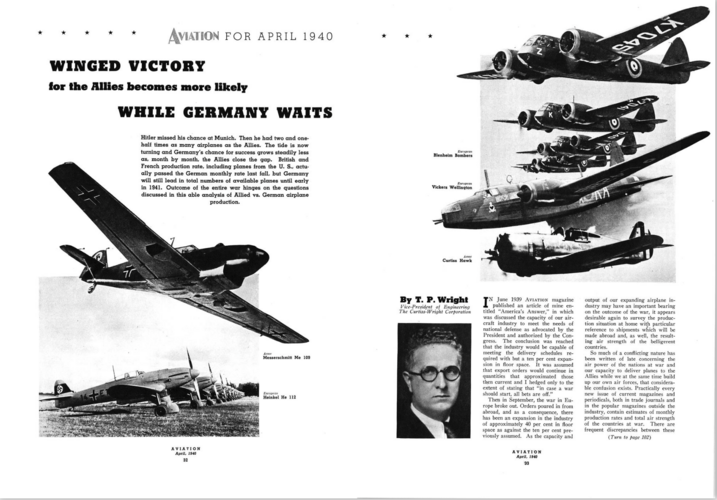Hi again,
Here's a manual "Flexible Gunnery Training in the AAF", which covers the limitations of tracers starting on p. 126 (by PDF count ... it's p. 54 by scanned page numbers):
Regards,
Henning (HoHun)
Well, that was quicker than I expected, though I was right to cast doubt on my memory as I had the tracer/non-tracer positions backwards ... quoting "The Mighty Eigth' War Manual" by Roger Freeman (p. 230):
"Tracer was soon found to be of questionable value as it caused gunners to disregard their sights when using it. Tracer also offered a serious optical illusion, particularly with beam shooting. On the other hand, it had advantages in alerting other gunners in a formation and was also of value as a deterrent to attacking enemy pilots. It became general practice to only use tracer rounds in front and rear turrets where optical illusion was negligible. A brighter tracer round known as 'headlight' was introduced during 1944 and used in these positions in a one tracer to four AP incendiary rounds ratio supply - at this time the combined armour piercing incendiary had replaced the separate AP and incendiary rounds in general usage."
Here's a manual "Flexible Gunnery Training in the AAF", which covers the limitations of tracers starting on p. 126 (by PDF count ... it's p. 54 by scanned page numbers):
Regards,
Henning (HoHun)

